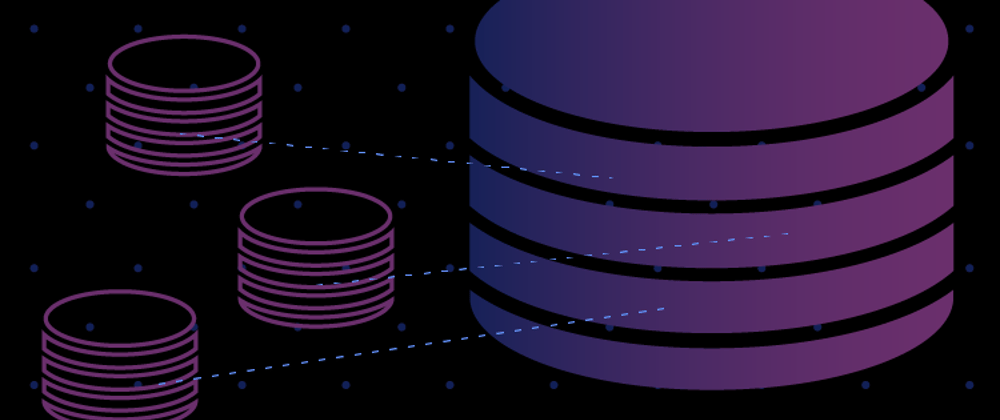A data warehouse is a concentrated repository storing integrated data gathered from multiple systems. A classic business features several systems, such as an ERP, CRM, marketing automation platform, or e-commerce system. Interestingly, all these run on a relational database rich in crucial data.
Users can consolidate such information by setting up an ETL-powered data pipe.
This pipeline can extract data from essential systems, cleanse and integrate it before storing it all in one huge relational database, i.e., a data warehouse.
Eight-Step Plan For Data Warehouse Implementation
Once users have recognized the need for data warehouse management, it is time to start planning. The following steps for a data warehouse implementation are a must-know for successful data management.
#1 Gather Requirements
Multiple stakeholders will most likely be involved in such a company-wide data project.
If so, contact with the following professionals is essential:
- Decision-makers: Talk to strategists and leaders right up to the C-suite. Experts like these can facilitate the alignment process to the company's main goals.
- IT: The IT team plays an important role in the data project, mainly by connecting sources to the data pipeline. The IT team will also deal with any errors and even provide support for the warehouse if you choose an on-premise solution.
- Analytics: Analysts will define the project's outcome, which will help identify the necessary data sources.
- Compliance and security: Intended for handling sensitive information. One needs to ensure there are no additional risks or rule-breaking in the process.
Once everything is in place, implementing the data warehouse is ready to kick off.
#2 Create Warehouse Environments
Following this stage, several options for the warehouse environment will be available:
- On-premise: Local hardware host.
- Private cloud: Owning a hardware cloud host or hiring a trusted third party.
- Public cloud: Use Azure AWS or AWS (a hosted cloud solution).
- Hybrid cloud: Either mix cloud storage and on-premise, or use cloud capability for analytics, processing, and storing data on-premise.
- Public cloud: Although the easiest and cheapest solution is a public cloud, most of the hard work is done by the host. However, consider various security and latency issues that might make a client change their mind.
You will also need to create three separate environments: development, testing, and production.
#3 Choose A Data Model
Data modeling is the most challenging aspect in implementing a data warehouse. By default, each source database has an individual schema. Once a warehouse schema has been established, all incoming data should fit it.
Here are some of the main schema-types available:
- Star schema: Linked dimensional tables with fact tables
- Snowflake schema: Boosts the star schema by enhancing dimensional tables with an additional level
- Galaxy schema: Multiple fact tables, connected by ordinary dimensional tables
- Constellation schema: Boosted galaxy schema dimensional tables through an added hierarchy
#4 Connect To Sources
In this stage, you need to extract data from the target source before uploading it to the warehouse. You can achieve the extraction in several ways, such as API call (a transaction processed by a secure interface), file transfer (legacy systems might export data as a file), and direct query (obtaining database results by using an SQL query).
Once obtained, the data needs to be loaded into the data warehouse. Learn more about how to find the best way to load data in a Data Warehouse.
#5 Transform Incoming Data
Transformation of the data is an essential step of the ETL (Extract, Transform, Load) process. In this process, the data is transformed from its original schema to the destination schema. Transformation can also include any of the following steps:
- Validation: Ensuring all data fits with the logical constraints, such as ZIP codes matching the address or dates being valid
- Cleansing: removing any duplicate or corrupt data
- Harmonization: Unifying all data in an exclusive format, such as changing all date formats to DD/MM or converting temperatures to Celsius
- Enrichment: combining data records from remaining sources, thus improving the quality of data altogether
#6 Create Data Marts
Even though most people don't need overall availability, data warehouses store everything. Just as sales teams need sales figures- operations teams want ops data.
To do it seamlessly, you will have to rely on a data mart. Marts are a logical division within a data warehouse. For instance, you can tag some of the records with Finance and others with Sales. Marts can then display records with each matching tag, making the warehouse precise in delivering targeted results.
#7 Configure BI And Analytics
Most analytics tools and commercial BI (Business Intelligence) offer simple data warehouse integration. Both of them rely on volume (bigger data quantity equals more detailed analytics), velocity, and veracity (quality), offering a precise evaluation of the current state.
#8 Audit And Review
Once the data warehouse is fully operational and the analytics team isn't short of options, it is time to apply measures to ensure overall data quality. This might include testing tools for automated data quality, making it easier to measure the warehouse content quality.
Conclusion
A data warehouse is a big relational database. However, it all revolves around the processes that keep the integration of data smooth. Ingesting data, integrating data, and moving this data to your analytics tools and BI are all essential factors in the process.
RudderStack lets you send the rich analysis from your warehouse to your entire customer data stack. Read more about how RudderStack's Warehouse Actions feature unlocks the data in your warehouse.
Sign Up For Free And Start Sending Data
Test out our event stream, ELT, and reverse-ETL pipelines. Use our HTTP source to send data in less than 5 minutes, or install one of our 12 SDKs in your website or app. Get Started






Oldest comments (0)